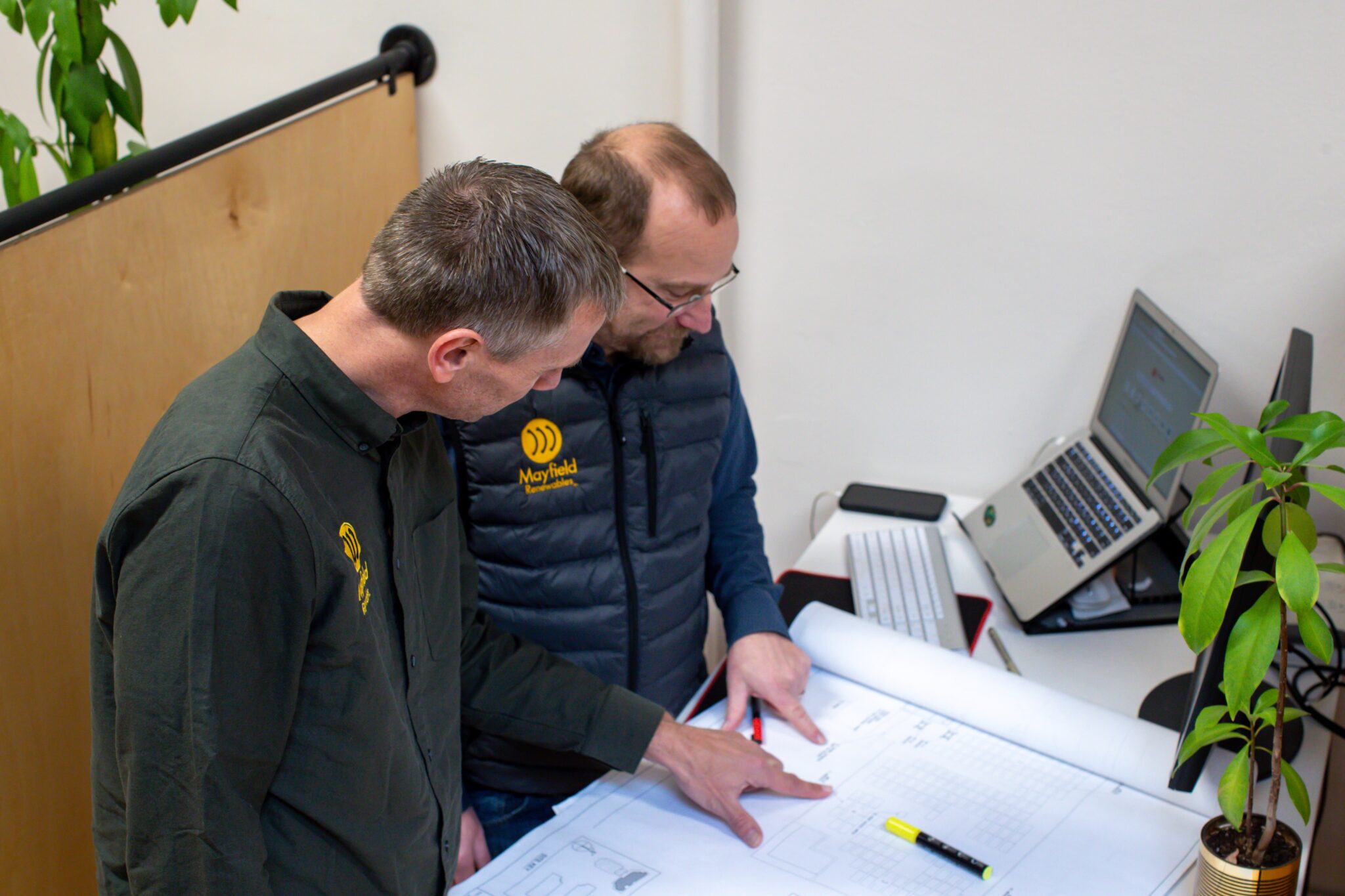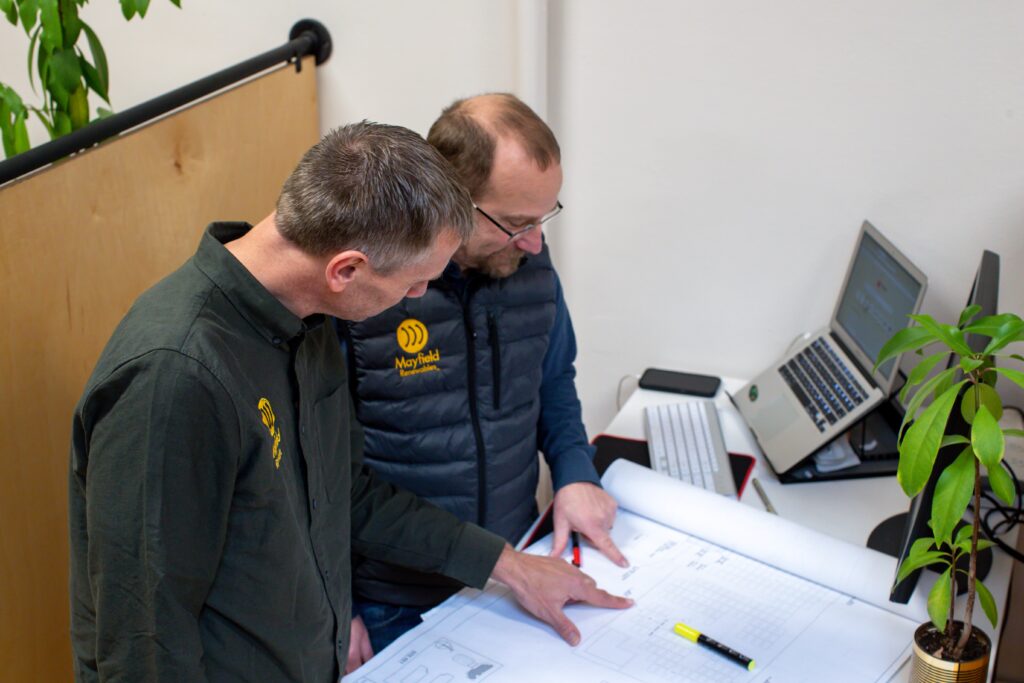
Technical Article
Microgrid Feasibility Studies Define What’s Possible

Microgrids are a way to maximize the use of clean, renewable energy, both to reduce electricity bills and ultimately drive decarbonization and electrification goals. Since energy consumption can be one of the biggest operational costs for many commercial-scale properties, the ability to reduce, predict, and control monthly expenditures is a welcome scenario.
Microgrids also provide greater resilience, enabling businesses to maintain continuity and prevent revenue or productivity losses in the event of power outages. The compound benefits of enhanced resilience, lowered energy costs, and reduced carbon footprint, make microgrids a projected $55 billion market opportunity within the next decade.
Designing a microgrid involves an analysis of load profiles, generation capacities, energy storage requirements and control systems. It requires expertise in electrical engineering, energy management, and grid integration. The complexity of the planning and design process may pose challenges for organizations lacking experience in the solar-plus-storage industry.

Microgrid projects rely on setting accurate expectations and clear lines of communication. Planning and development is an iterative process that requires input from all parties. A well done feasibility study becomes a resource for the later design, engineering, and construction stages of the project.
Mayfield Renewables is steeped in design expertise for solar and energy storage systems, breaking down the complexities of microgrid projects through a full suite of technical consulting, feasibility study, and system design and engineering services.
Proper planning and a detailed feasibility study will decrease risks associated with:

For microgrid equipment manufacturers whose application engineers are overloaded by incoming sales opportunities, Mayfield Renewables acts as an extension of the in-house team to accelerate a company’s ability to acquire customers. Increasing capacity for design and engineering work means manufacturers can focus on their core competencies of product innovation, servicing customers, and more.

Microgrid developers and EPCs partner with Mayfield Renewables because the team can be trusted to manage the complexities of the feasibility and design engineering work. A partnership with Mayfield Renewables frees EPCs to deploy more microgrids using project plans they are confident in.
Feasibility studies determine what’s actually possible after analyzing financial, electrical, and site-based constraints.
Xendee offers a comprehensive DER design and operation software platform. Mayfield engineers use the tool to explore the optimal mix and size of technology for microgrid infrastructure, check the balance of system costs, and create detailed reports.


The process has several steps:
- Phase 1 - Discovery and Data Collection: We collaborate with the client to understand their goals and constraints. This includes gathering site details and potentially installing measurement devices (if needed).
- Phase 2 - Modeling and Iterating: Our engineers build and run energy and financial models, and adjust preliminary designs based on the client's needs and known constraints.
- Phase 3 - Client Review and Updates: Preliminary findings, model outputs, and design are reviewed with the client. Based on the feedback and any new goals or constraints the report is updated.
- Phase 4 - Final Delivery: The final phase involves delivering a comprehensive report, a preliminary design, and a group presentation where we share the results and answer your questions.

Microgrids offer a compelling solution for communities and businesses to reduce electricity costs, improve energy resiliency, and contribute to sustainability goals. But navigating the complexities of microgrid development can be a major challenge. Performing a full-scale feasibility study—whether in-house or through third-party engineering—with advanced modeling tools speeds up project development while mitigating risk. That’s a win-win-win scenario for the project owners, developers, and users.
At Mayfield Renewables, we provide strategic support for a wide range of projects, including solar and energy storage installations, microgrids, and small utility projects. Reach out to discuss how we can support your team today.


